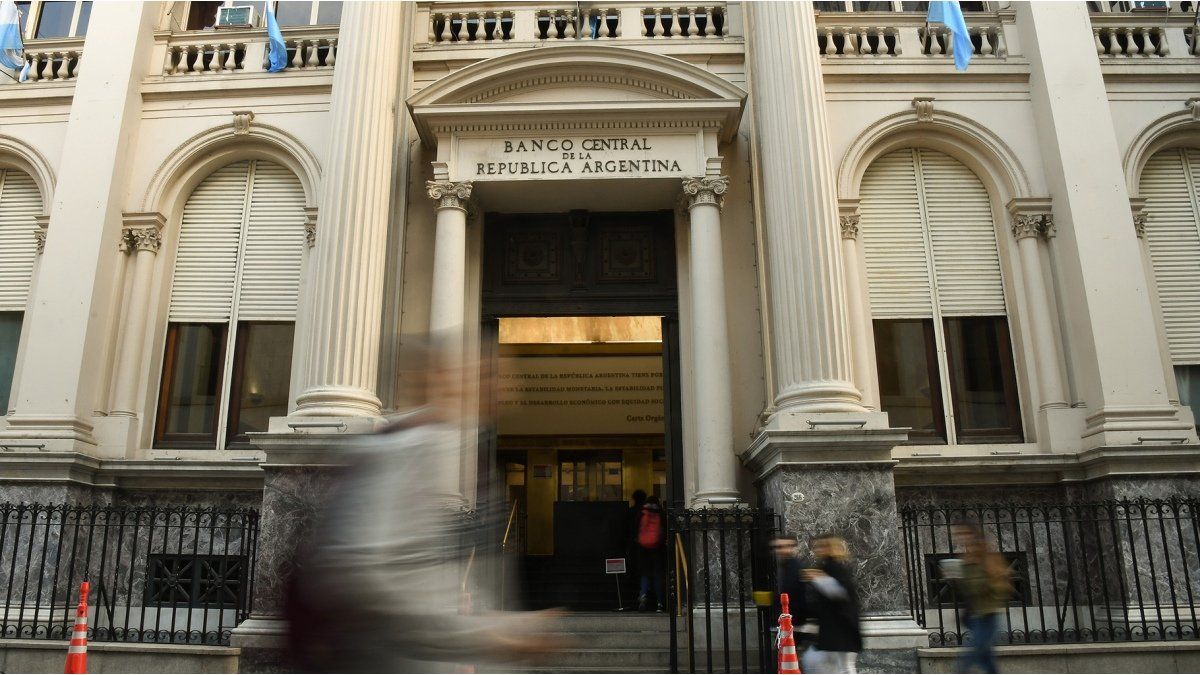as he learned Ambit, in line with what was expected, this Thursday, the Central Bank (BCRA) ordered a new increase in monetary policy rates of 300 basis points. This was defined by the members of the board of directors in the framework of the usual Thursday meeting, which was held on a day marked by meetings between the president and the main leaders of the economic team, including the president of the monetary regulator, Miguel Pesce.
Thus, the new nominal annual rate (TNA) of the traditional fixed term and of the LELIQs is set at 81%, with an effective annual rate (TEA) of 118%, which is equivalent to an effective monthly rate of 6.75%.
“The BCRA made a not-so-aggressive rate adjustment compared to what the market expected and projected inflation,” EcoGo economist Sebastián Menescaldi assesses regarding the decision. And it is that, in the City, analysts already anticipated that the new rate rise would be this Thursday and they risked a rise of between 200 and 500 basis points, which was finally confirmed at 300 basis points.
For Menescaldi, the decision of the BCRA responds to an intention to “be cautious, taking into account the effect of the rate on the excess of pesos and not to abuse the policy tool.” And it is that he considers that, probably, the Government should make more use of this instrument as the dollarization of the economy worsens, a phenomenon that is usually accentuated towards the elections.
Fixed term: is the interest rate increase enough?
For the economist Federico Glustein, for his part, “clearly, with the measure, the BCRA falls short.” And he explains that his position lies in the fact that, with this increase, the effective monthly rate remains at 6.7%, while past inflation was 7.7% (that is, one percentage point below ).
And, on the other hand, he considers that, compared to the payment of rates from the Treasury tender this Wednesday, which resulted in an annualization of 132%, it would seem that “they have fallen short with the TEA instruments at 119%”. Thus, in his opinion, taking into account the strong pressure observed on financials and the blue, which have risen in recent days, “a greater response was expected, of at least 500 points, to send a more forceful to the market”.
It happens that, strictly speaking, in recent times, the rate adjustments that the BCRA has been making only served to curb dollarizationbut they were not enough to control inflation.
The BCRA sets a course
However, it is worth mentioning that the BCRA has been demonstrating its willingness to keep rates as positive as possible with respect to inflation, but without overreacting to data that may be transitory, such as very high inflation data in a month, and taking Keep in mind that the perspective of the Survey of Market Expectations (REM) anticipates a drop in the inflationary rhythm going forward, since it foresees a price index (CPI) of around 6% for the coming months. And this is confirmed by the fact that this is the second interest rate adjustment that the BCRA has carried out this year.
The first was in the middle of last month, when, after six months without changes, he finally resolved to raise them from 75% to 78% (with a TEA of 113%). Meanwhile, the passes, the investment line and the cards remained unchanged.
As explained by the Invecq economist Juan Pablo Albornoz, The only compelling reason that the BCRA would have had for not advancing in an interest rate increase would be the quasi-fiscal perspective, since the implementation of this type of policy is what it does increase BCRA liabilitieswhich is forced to pay more interest to the banks for the Liquidity Letters (LELIQs) as a result of the increase in the yield indexes of these instruments.
But, consider that “with the inflationary acceleration of the last quarter, prices returned to a quarterly rate of 120% annualized, something that had not been seen since July-September in the midst of the macro-financial crisis” and, thus, he points out that, despite the quasi-fiscal cost in which the Centralnot raising rates can affect the already low demand for pesos.
Source: Ambito




